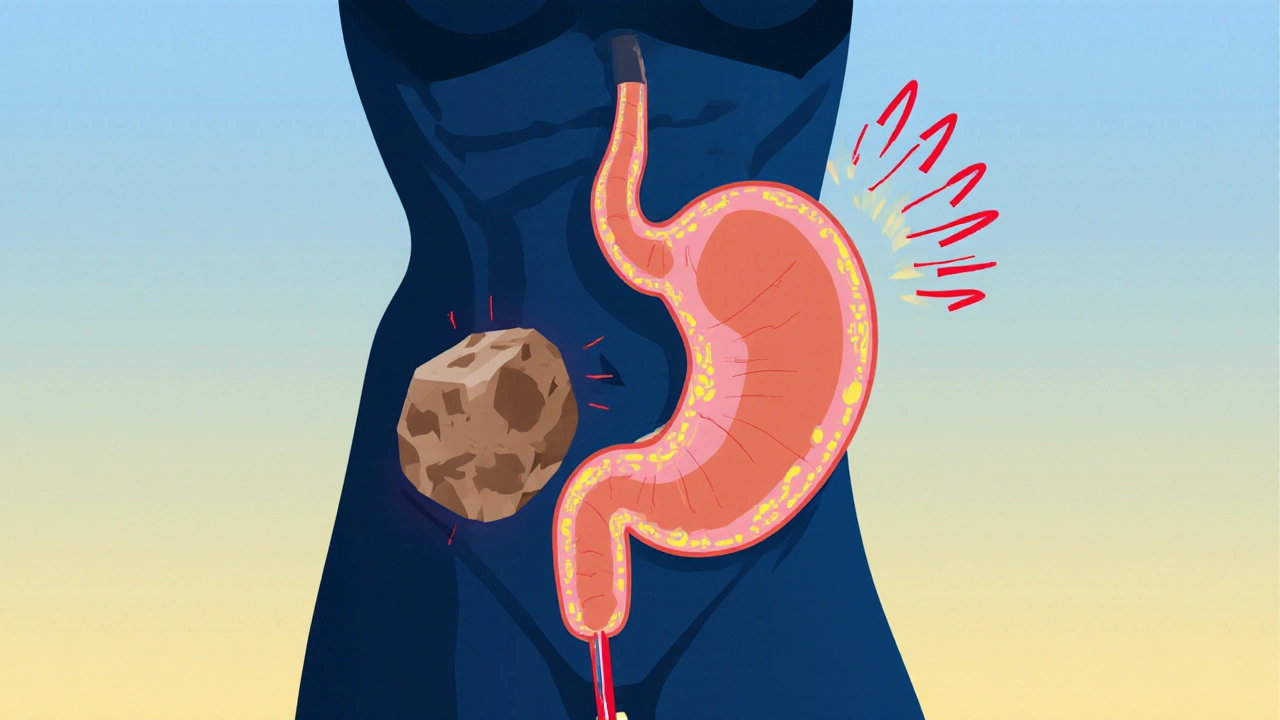DokterOnline: Your Comprehensive Guide for Pharmaceuticals - Page 5
Opioids and Adrenal Insufficiency: A Rare but Life-Threatening Side Effect You Need to Know
Opioid-induced adrenal insufficiency is a rare but life-threatening side effect of long-term opioid use. It suppresses cortisol production, leaving patients vulnerable to crisis during stress or illness. Early testing and careful tapering can prevent death.
Compare Fincar (Finasteride) with Alternatives for Hair Loss and BPH
Compare Fincar (finasteride) with alternatives like Propecia, dutasteride, minoxidil, and laser therapy for hair loss and BPH. Find out what works best, side effects, and how to choose the right treatment.
Nimotop (Nimodipine) vs Alternatives: What Works Best for Subarachnoid Hemorrhage Recovery
Nimotop (nimodipine) is the standard treatment to prevent brain damage after a subarachnoid hemorrhage. Learn how it compares to alternatives like nilvadipine, statins, and endovascular options - and when switching might be necessary.
How Autoimmune Disorders Cause Amenorrhea and What to Do About It
Autoimmune disorders like Hashimoto’s, lupus, and adrenal insufficiency can stop your period by disrupting hormone signals. Learn how immune system attacks lead to amenorrhea-and what tests and treatments actually work.
International Reference Pricing: How Countries Set Generic Drug Prices
International reference pricing helps countries set lower prices for generic drugs by comparing costs across nations. While it saves billions, it also causes shortages and reduces manufacturer incentives. Here's how it works-and where it’s heading.
Doctor Attitudes Toward Generic Drugs: What Providers Really Think
Doctors know generics are safe and effective-but many still hesitate to prescribe them. This article explores why provider attitudes lag behind the science, and what’s needed to close the trust gap.
How to Use Secure Messaging to Ask Medication Questions
Learn how to safely and effectively use secure messaging to ask questions about your medications - without calling or risking a HIPAA violation. Step-by-step guide for patients.
Gallstones Explained: Biliary Colic, Cholecystitis, and When Surgery Is Necessary
Gallstones affect 1 in 10 adults. Most never know it-until pain hits. Learn how biliary colic turns into cholecystitis, why surgery is the only reliable cure, and what recovery really looks like.
Rare Adverse Events with Generics: When and How to Report Side Effects
Learn when and how to report rare side effects from generic medications. Understand what counts as serious, how to submit a report to the FDA, and why your report could prevent harm to others.
Generic Price Wars: How Consumers Save Money on Prescription Drugs
Generic drug price wars can slash prescription costs by over 95%, but middlemen often block savings. Learn how to find the real lowest prices and avoid overpaying for generics.










